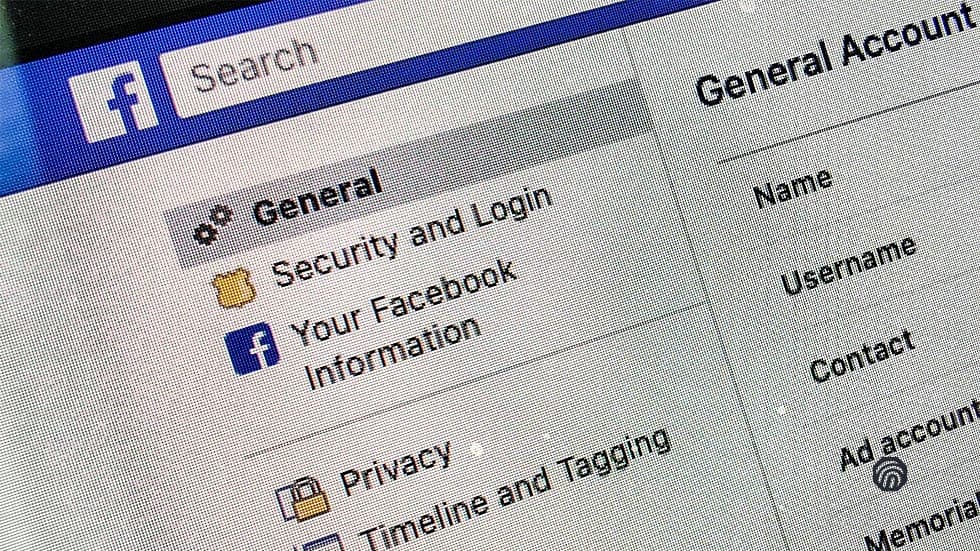Dealership Facebook Set-Up Best Practices
ThumbStopper’s software can help keep your posts engaging to your audience, but shouldn’t you make sure you’re not just putting a fresh coat of paint on a car that’s never going to leave your driveway?
Your Facebook page can be your second website (or possibly you’re only website)! Make sure you are using these simple and effective Facebook business page set-up tips for maximizing your dealership’s brand exposure on the world’s most popular social networking site.
Whether you need to know how to set up a Facebook page for your dealership or just need pointers on how to best optimize your current page, we have four dealership Facebook set-up best practices that you can easily make today.
1. Personalize the About Section
Above: Make sure you’re using the right category for your business and personalize the “About” section of your page
Facebook is great about letting a Business Page reflect the brand’s personality. In the ‘About’ section add a number of categories that can help Facebook understand what your dealership services offers.
Boat Dealer, Car Dealership, Recreational Vehicle Dealer, RV Dealership are all available options. Do you also offer repairs? You can choose up to three categories!
Also, insert a description about your dealership that explains what it is that sets your service apart from the rest. List your competitive advantage and any recognizable slogan you may have. Keep it brief (you only get 155 characters) but interesting and informative!
2. Select a Profile Picture
Above: Make sure your brand image is clear and clean in your Profile picture
Profile Pictures are your first impression and an opportunity to establish your dealership’s image. We recommend that you keep it consistent with your current marketing collateral and use the most up-to-date, high-quality logo.
Quick tip! Your image needs to be an 180px x 180px jpg, but you lose 20px on each side when you upload it, so make sure you have enough space on the sides so that your image doesn’t get cut off!
3. Create a Call to Action
Define a Call to Action, or a button that encourages action, on your Facebook Page to drive action from your audience.
Above: Choose the Call to Action that has the most value to your business
A Call to Action (CTA) encourages your visitors to take an action that you deem important, whether that be to visit your website, call your dealership, shop your inventory, or other important actions that you’d like a visitor to take when they visit your Facebook page.
Think about directing your fans to an inventory page or to a lead-capturing personalized landing page that rewards their action with valuable gated content.
4. Pick a Great Cover Photo
Above: There’s so much space! Make the most of It with minimal text and great visuals for your dealership.
A dealership’s Cover Photo, like the Profile Photo, should align with dealership branding guidelines. Its large size is an important piece of real estate on the page. Take advantage of this and select an image that represents your dealership’s personality. Don’t overdo the text and make sure that nothing important is being covered up (since the profile photo sits on top of the bottom left corner) when you upload it.
Note: The Facebook cover photo size is 820 pixels wide X 312 pixels tall on desktop. However, mobile users will only see 640 pixels wide X 360 pixels tall.
For dealerships, Facebook is a perfect platform to communicate with current customers, influence future buyers, and make brand ambassadors out of past customers. Don’t delay, optimize your dealership’s Facebook page today with these quick tips. Then take a look at how ThumbStopper can help create an engaging presence with social media marketing for your dealership!




